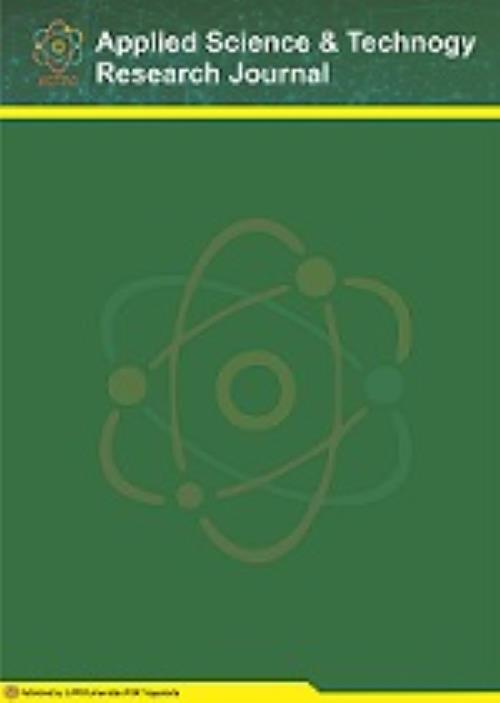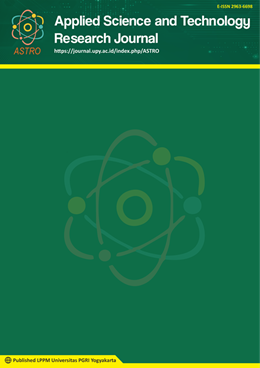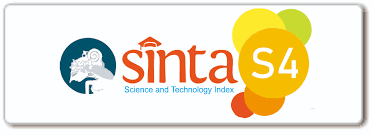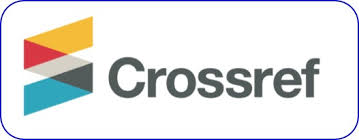Design And Analysis of 3D Printable Prosthetic Foot with Honeycomb Structure
DOI:
https://doi.org/10.31316/astro.v2i2.5628Abstract
This study designs and analyzes a 3D printable prosthetic foot with a honeycomb structure, which has many benefits for prosthetic foot design and analysis. The honeycomb structure can provide high strength and stiffness with low weight and material consumption, variable stiffness and damping properties, and biomimetic structure and function. This study uses 3D printing technology and finite element analysis (FEA) to design and fabricate the prosthetic foot and to evaluate its performance under different loading scenarios. The results show that the prosthetic foot has a satisfactory performance and meets the biomechanical requirements of the human foot. The results also show that 3D printing technology and FEA are reliable and valid tools for prosthetic foot design and analysis. This study contributes to the development of better and more affordable prosthetic feet and provides useful insights and guidelines for future research and practice.
Downloads
Published
How to Cite
Issue
Section
Citation Check
License
Copyright (c) 2023 Dhananjaya Yama Hudha Kumarajati

This work is licensed under a Creative Commons Attribution-ShareAlike 4.0 International License.
Authors who publish with this journal agree to the following terms:
- The journal allow the authors to hold the copyright without restrictions and allow the authors to retain publishing rights without restrictions.
- Authors retain copyright and grant the journal right of first publication with the work simultaneously licensed under a Creative Commons Attribution-ShareAlike 4.0 International License that allows others to share the work with an acknowledgement of the work's authorship and initial publication in this journal.
- Authors are able to enter into separate, additional contractual arrangements for the non-exclusive distribution of the journal's published version of the work (e.g., post it to an institutional repository or publish it in a book), with an acknowledgement of its initial publication in this journal.
- Authors are permitted and encouraged to post their work online (e.g., in institutional repositories or on their website) prior to and during the submission process, as it can lead to productive exchanges, as well as earlier and greater citation of published work (See The Effect of Open Access).












